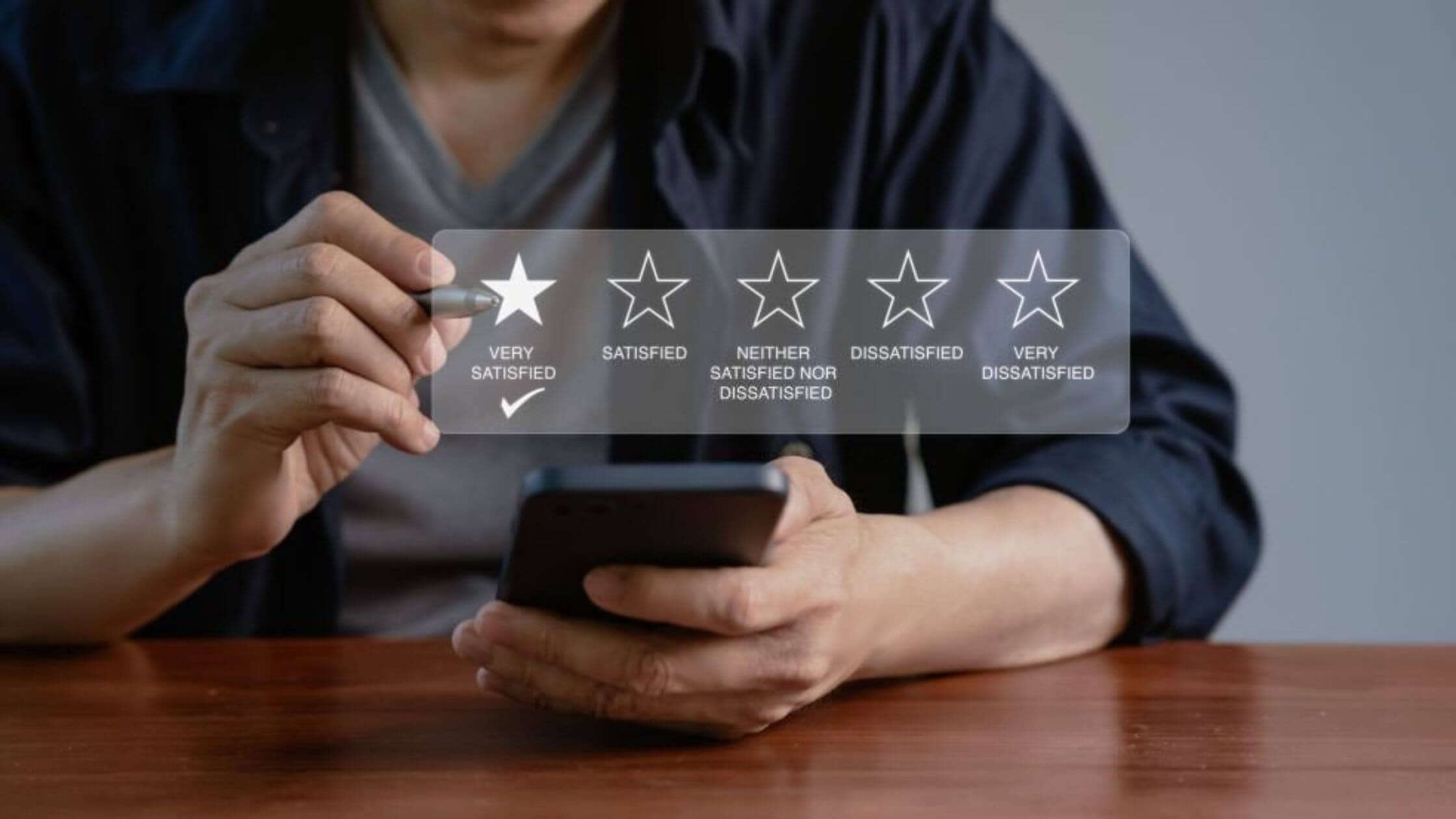

Service Level Management (SLM) is a critical component of effective service delivery in organizations. It focuses on defining, negotiating, and managing service level agreements (SLAs) to ensure the delivery of high-quality services to customers.
Understanding Service Level Management
Service Level Management involves the following key aspects:
1. Defining Service Level Objectives
Service Level Objectives (SLOs) are specific targets that describe the desired performance levels for different aspects of a service. These objectives are agreed upon with the customers and stakeholders and form the basis of SLAs.
2. Negotiating Service Level Agreements
SLAs are formal agreements between the service provider and the customer that outline the agreed-upon levels of service quality, performance metrics, responsibilities, and remedies in case of service disruptions or failures. SLAs ensure clear expectations and accountability.
3. Monitoring and Reporting
SLM involves monitoring the performance of services against the defined SLOs and SLAs. Regular reporting on service performance helps identify areas of improvement, measure service provider performance, and maintain transparency with customers.
4. Continual Service Improvement
SLM drives continual service improvement by analyzing service performance data, identifying trends, and implementing corrective actions to enhance service quality and meet customer expectations.
The Benefits of Service Level Management
Implementing effective SLM practices can provide several benefits for both service providers and customers:
- Clear expectations: SLAs ensure that both parties have a shared understanding of the expected service levels, resulting in improved customer satisfaction.
- Quality assurance: SLM helps maintain consistent service quality and ensures that services meet predefined standards.
- Proactive issue resolution: By monitoring service performance, SLM enables early detection of issues and facilitates timely resolution, minimizing the impact on customers.
- Improved communication: SLAs promote open communication and collaboration between the service provider and customers, fostering a strong working relationship.
- Continuous improvement: SLM drives a culture of continuous improvement, allowing organizations to identify areas for enhancement and deliver better services over time.
Implementing Service Level Management
To successfully implement Service Level Management in your organization, consider the following steps:
1. Define clear service offerings
Clearly define the services you offer, their scope, and the associated service levels. This ensures that both parties have a common understanding of what to expect.
2. Engage stakeholders
Involve key stakeholders, including customers and internal teams, in the development and review of SLAs. Their input and feedback are valuable for setting realistic targets and aligning expectations.
3. Establish monitoring and reporting mechanisms
Implement robust monitoring and reporting systems to track service performance against SLOs and SLAs. Regularly analyze the data to identify trends and areas for improvement.
4. Continuously review and update SLAs
SLAs should be reviewed periodically to ensure they remain relevant and aligned with changing business needs and customer expectations. Update SLAs as necessary to reflect any modifications or improvements in service offerings.
Sign-up for a 7-day free trial! Try the first two modules of Brain Sensei’s story-based PMP and CAPM Exam Prep courses and a mini practice exam and see how it all works
Conclusion
Service Level Management plays a crucial role in delivering high-quality services to customers. By defining clear objectives, negotiating SLAs, monitoring performance, and driving continual improvement, organizations can meet customer expectations, build strong relationships, and achieve service excellence.
Have you led projects and are looking to earn a project management certification? You might be interested in learning about how lucrative this can be. Check out these articles.
13 PMP Benefits Once You Get The PMP Certification
No experience leading projects but still want to get into project management? No problem! Check out these articles.
CAPM Certification Eligibility
What is a Certified Project Manager; How do I get PM Certifications


